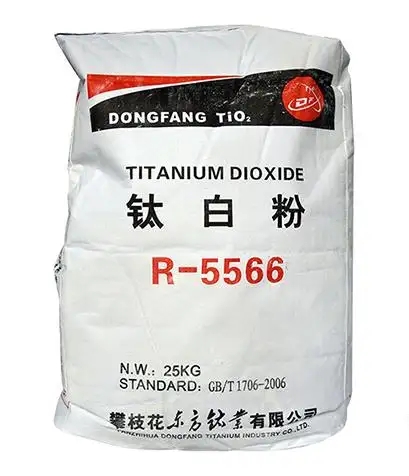
9 月 . 10, 2024 18:07 Back to list
Yellow Oxide of Iron and Titanium Dioxide - Properties and Applications
The Role of Yellow Oxide of Iron and Titanium Dioxide in Modern Applications
Yellow oxide of iron, known chemically as iron(III) oxide hydroxide, and titanium dioxide (TiO2), are two compounds that play significant roles in various industries due to their unique properties. These materials are widely used in the fields of pigments, coatings, and ceramics, contributing to both aesthetic and functional aspects of numerous products.
Iron oxide yellow is renowned for its vibrant coloration and excellent lightfastness. This pigment is frequently used in paints, plastics, and construction materials due to its durability and resistance to fading. Its non-toxic nature makes it an attractive choice for applications in areas where safety is paramount, such as children’s toys and art supplies. Additionally, iron oxide yellow benefits from being environmentally friendly, as it is derived from naturally occurring minerals. This positions it as a preferred option for sustainable practices in manufacturing.
On the other hand, titanium dioxide, often referred to as TiO2, is one of the most widely used white pigments. It is favored for its brightness, opacity, and refractive properties, making it an essential ingredient in paints, coatings, and plastics. The high refractive index of titanium dioxide allows manufacturers to produce products that reflect light efficiently, increasing the whitness and opacity of coatings. Moreover, TiO2 is known for its photocatalytic properties, which enable it to break down organic pollutants when exposed to UV light. As a result, it has found applications in self-cleaning surfaces and air purifying materials.
yellow oxide of iron and titanium dioxide

When combined, yellow oxide of iron and titanium dioxide can create high-performance coatings that offer both aesthetic appeal and enhanced durability. Such composites exhibit superior weather resistance and maintain their color over time, making them ideal for outdoor applications. This combination is particularly valuable in the automotive and construction industries, where aesthetics and longevity are critical.
Beyond their aesthetic and functional uses, these compounds are also being explored for novel applications in technology and environmental protection. Research is ongoing to investigate their roles in energy solutions, such as in solar cells, where titanium dioxide is being studied for its potential in improving efficiency.
In conclusion, yellow oxide of iron and titanium dioxide exemplify how natural materials can be utilized to create functional, durable, and environmentally friendly products. Their unique properties not only enhance the quality of paints and coatings but also open doors to innovative applications across various industries. As technology advances, the integration of these compounds continues to evolve, promising a future where sustainable practices are at the forefront of production and development.
-
Lithopone for Plastic & TiO2 R-5568/SK-6658 Masterbatch Solutions
NewsMay.30,2025
-
China Leading Rutile TiO2 Manufacturer - R5566 & R996 Grades Available
NewsMay.30,2025
-
High-Purity Anatase & Rutile TiO2 Powder Trusted Manufacturer
NewsMay.30,2025
-
High-Purity Anatase Products Trusted Supplier & Manufacturer
NewsMay.29,2025
-
Best Price Eco-Friendly Rutile TiO2 Supplier & Wholesale Factory
NewsMay.29,2025
-
Chinese Anatase Titanium Dioxide for Ceramic Glaze Reliable Supplier
NewsMay.29,2025
